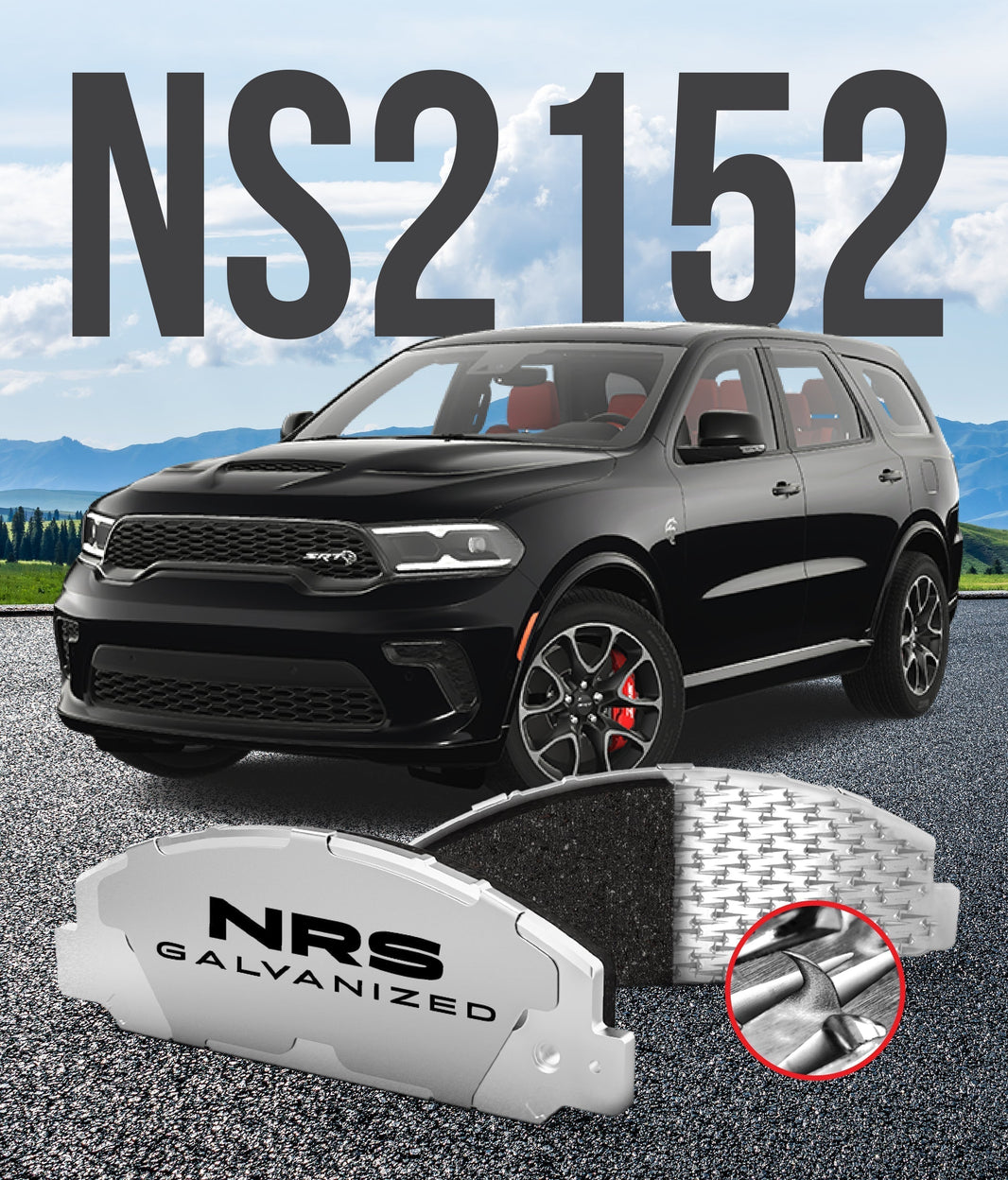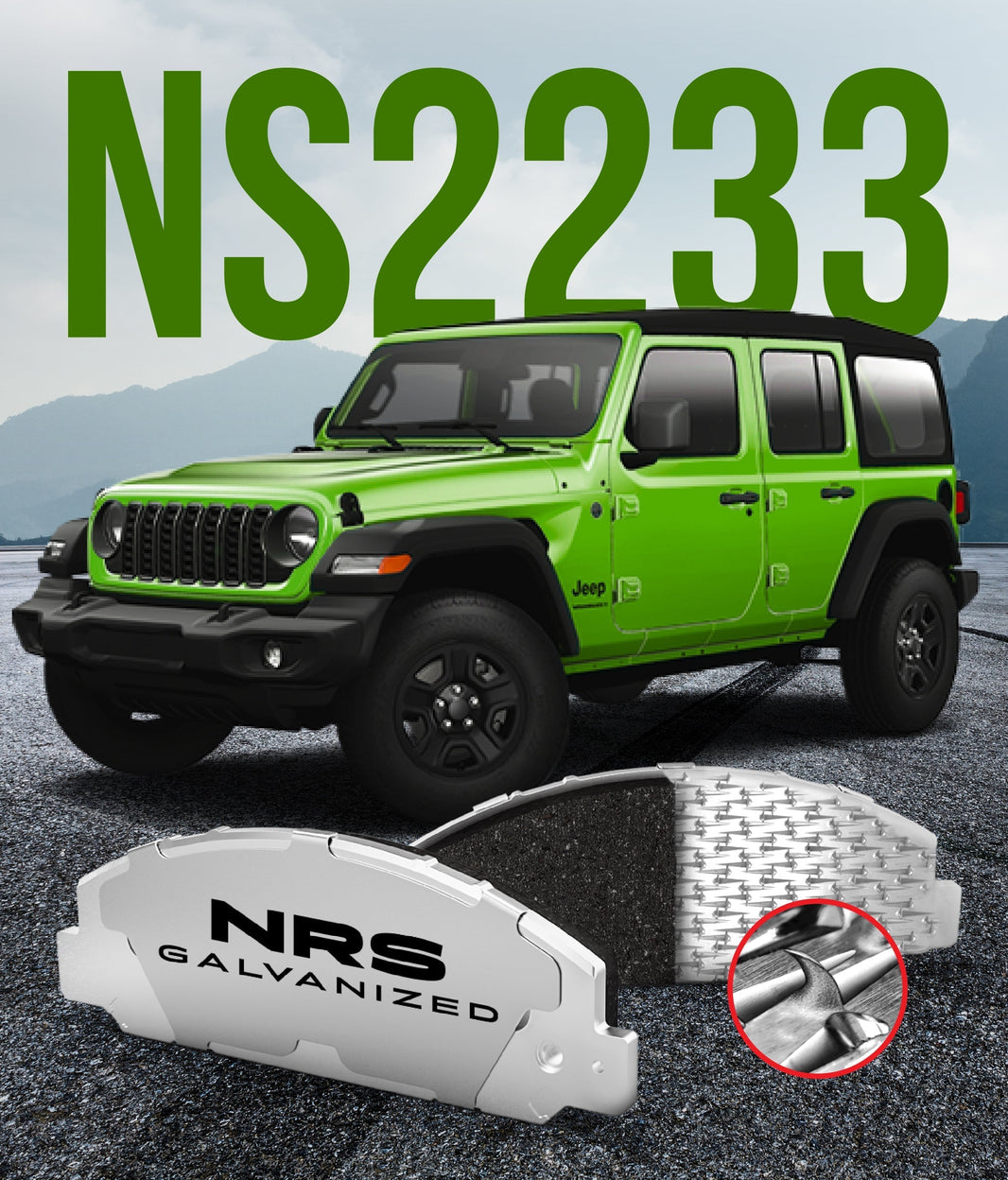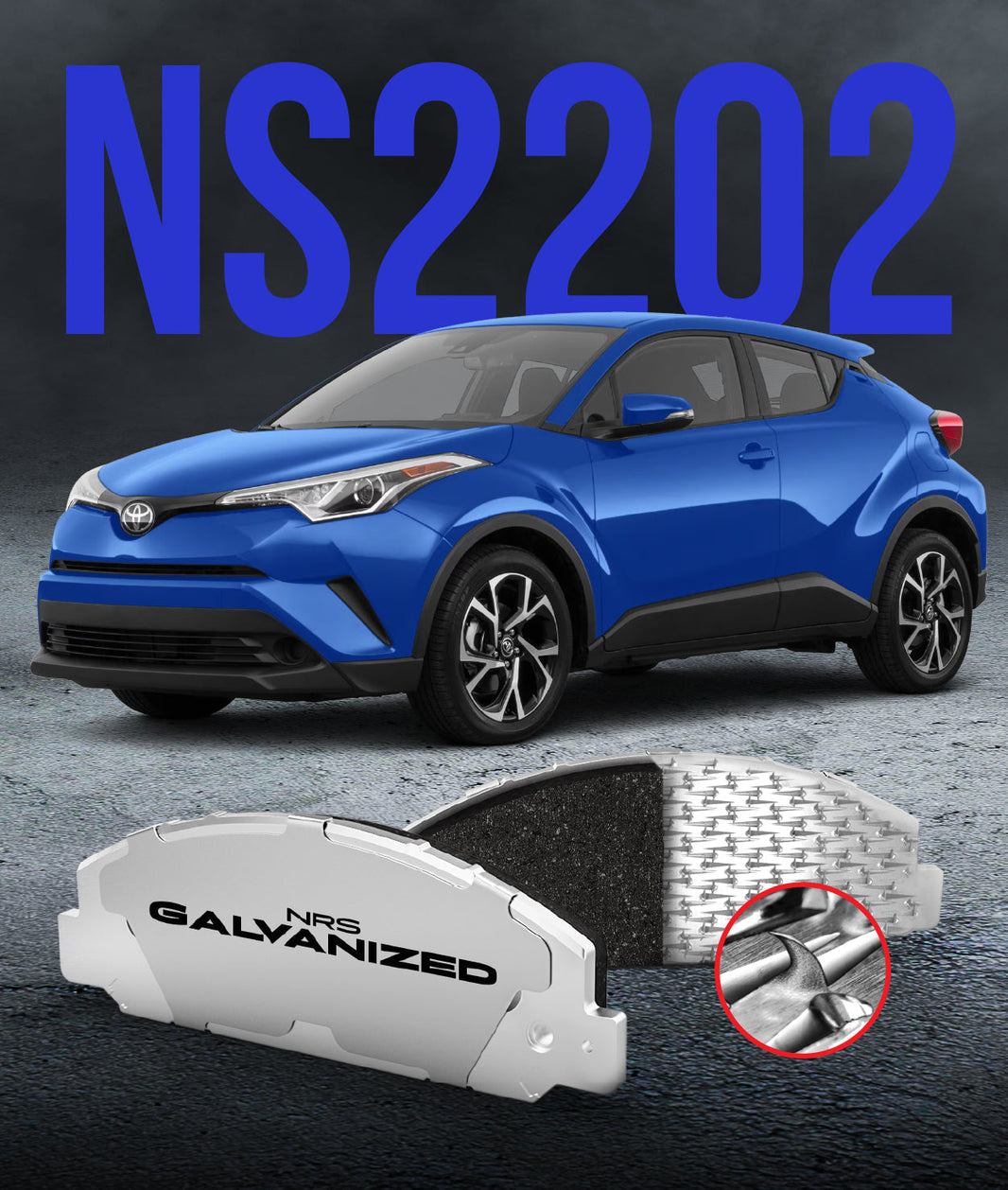 When you think about what makes a brake pad work, your mind probably goes straight to the friction material. It is the part that does the aggressive work of turning motion into heat. But what about the simple piece of steel that the friction material is attached to?
When you think about what makes a brake pad work, your mind probably goes straight to the friction material. It is the part that does the aggressive work of turning motion into heat. But what about the simple piece of steel that the friction material is attached to?
That humble steel plate is the brake pad’s backing plate, and it is the true unsung hero of your entire braking system. While the friction material gets all the attention, the backing plate is the foundation upon which all safety and performance are built. Understanding its critical role is key to choosing a truly safe and reliable brake pad.
More Than Just a Piece of Steel: The Three Critical Jobs of a Backing Plate
The backing plate may look like a simple stamped piece of steel, but it performs three distinct and essential jobs. A failure in any one of these functions can lead to poor brake performance or a serious safety incident. It is the structural core of the entire component.
It is engineered to withstand incredible forces and temperatures, all while fitting into the brake assembly with precision.
-
A Foundation for Friction Material: The backing plate provides the rigid and stable platform to which the friction material is bonded. Without this solid foundation, the friction material, which is inherently brittle, would crack and crumble under braking pressure.
-
A Point of Force Application: The immense hydraulic pressure from the caliper piston is applied directly to the back of this plate. The backing plate must be strong enough to withstand thousands of pounds of force without bending, flexing, or distorting.
-
A Noise and Vibration Damper: The specific mass and rigidity of the steel plate help to absorb and dampen high-frequency vibrations. These vibrations are a primary source of brake noise. A well-engineered plate contributes to a quieter braking experience.
The Arch-Nemesis: How Corrosion Destroys a Backing Plate
The number one enemy of a standard steel backing plate is corrosion. The environment inside a wheel well is incredibly harsh. The plate is constantly subjected to water, road salt, and extreme heat cycles, creating the perfect conditions for rust to form and spread.
Think of it like leaving a high-quality steel tool outside in the elements for several years. No matter how well it was made, rust will eventually compromise its strength and integrity. The same process is happening to your brake pad backing plates every time you drive in the rain or snow.
The Problem with Paint
The most common method used to protect a backing plate is a simple layer of black or gray paint. While this looks good when the pad is new, it offers very little long-term protection. The paint is only a thin surface coating.
The extreme heat generated during braking can quickly burn this paint away. It can also be easily chipped by small rocks and road debris kicked up by your tires. Once the paint barrier is breached, the steel underneath is left completely vulnerable.
The Dangers of "Rust Jacking"
When the exposed steel begins to rust, it does more than just create an unsightly appearance. As iron oxide (rust) forms, it expands, taking up more volume than the original steel. This expansion creates a powerful separating force between the backing plate and the friction material.
This process is known as "rust jacking." The force of the expanding rust can physically push the friction puck away from the backing plate. This initiates the process of the most dangerous type of brake pad failure.
Catastrophic Failure: Understanding Delamination
The ultimate consequence of a corroded backing plate and a failed adhesive bond is brake pad delamination. This is the catastrophic event where the block of friction material completely separates from the steel backing plate. It often happens without warning during a hard stop.
When delamination occurs, the caliper piston pushes on an empty steel plate. With no friction material to press against the rotor, your ability to brake on that wheel is almost completely lost. The result can be a sudden pull to one side and a terrifyingly long stopping distance.
The Anatomy of a Superior Backing Plate
Given the critical safety role of the backing plate, it is clear that a simple piece of painted steel is not an adequate design. A superior, safety-focused backing plate is engineered from the ground up to combat corrosion and prevent bond failure. These features are the hallmark of a premium, high-quality brake pad.
When you are inspecting a new set of brake pads, look for these specific design attributes.
-
Galvanization: This process bonds a layer of zinc to the steel, which provides sacrificial protection. The zinc corrodes first, protecting the steel underneath even if the surface is scratched. This is a far more durable solution than paint.
-
Mechanical Attachment: This technology uses hundreds of small steel hooks, which are an integral part of the backing plate. These hooks are embedded into the friction material during molding, creating a physical lock that makes delamination virtually impossible.
-
Precision Manufacturing: A high-quality plate is stamped to exact dimensional tolerances. This ensures a perfect fit within the caliper bracket, which prevents binding, promotes even wear, and reduces the chance of noise.
-
High-Quality Steel: The grade and thickness of the steel itself are important. A premium plate uses high-quality steel that is designed to resist flexing and distortion under the immense pressure and heat of repeated hard stops.
Conclusion: The Foundation of a Safe Stop
The backing plate is far more than just a simple piece of steel; it is the absolute foundation of your brake pad's performance and safety. It provides structural integrity, withstands immense forces, and is the key to preventing the catastrophic failure of delamination. Its ability to resist corrosion is directly linked to your safety on the road.
When you choose your next set of brake pads, remember to look beyond the friction material and closely examine the backing plate. Its design and protective coating are the truest indicators of the pad's overall quality and its ability to keep you safe in the long term. At our company, we have built our reputation on patented backing plate technology because we believe the Best Brake Pads are built on a foundation that will never fail.
How much consideration do you typically give to the backing plate when selecting new brake pads?




